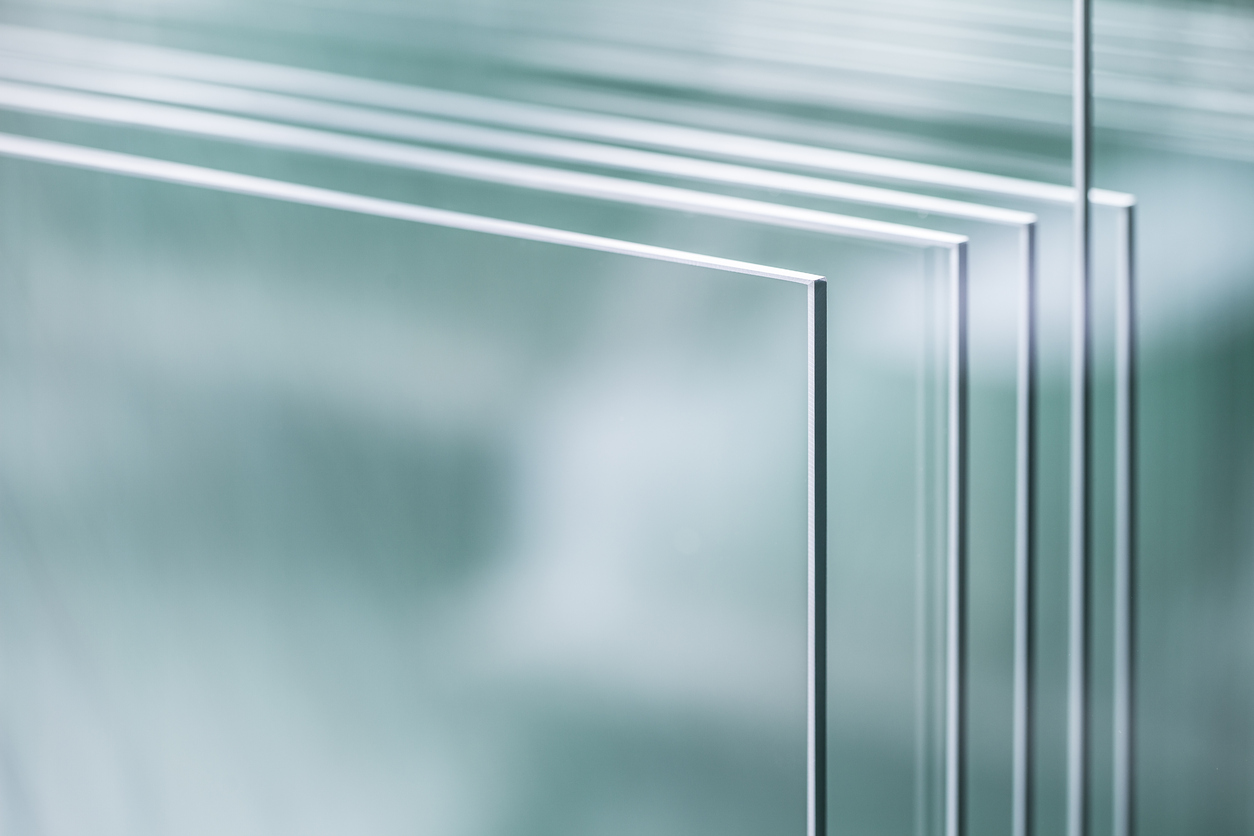

The Use of Frosted Glass in Modern Design
Frosted glass, with its unique aesthetic and functional properties, has become increasingly popular in modern architecture and interior design. This versatile material offers a blend of privacy, light diffusion, and style, making it an ideal choice for various applications in residential and commercial spaces.
The Use of Frosted Glass in Modern Design
Another key advantage of frosted glass is its versatility in design. It can be used in various applications, from windows and doors to room dividers and partitions. The aesthetic appeal of frosted glass can complement a range of styles, from minimalist and contemporary to more traditional designs. With the option for custom patterns and textures, designers can use frosted glass to add a unique touch to each project. This adaptability makes it popular among architects and interior designers looking to create distinctive spaces.

Frosted glass also serves a practical purpose beyond aesthetics. It is easy to clean and maintain, making it a functional choice for busy environments. Unlike clear glass, which shows fingerprints and smudges, frosted glass tends to hide imperfections better, requiring less frequent cleaning. Moreover, its durability ensures that it can withstand various environmental conditions, making it suitable for both indoor and outdoor use.
In addition to its functional and aesthetic properties, frosted glass contributes to energy efficiency. By diffusing sunlight, it reduces glare and helps maintain a consistent temperature within a space. This can lead to lower energy costs, as less artificial lighting is required during the day. Furthermore, frosted glass can be treated with energy-efficient coatings, enhancing its thermal performance and contributing to sustainable design practices.
The applications of frosted glass extend beyond walls and doors. It is increasingly being used in furniture design, where it can create stunning surface effects. For instance, frosted glass tabletops or cabinetry can enhance visibility of the items within while still maintaining a level of sophistication. In addition, lighting fixtures made from frosted glass can soften the glow of bulbs, creating a warm and inviting atmosphere in homes and businesses alike.
In conclusion, the use of frosted glass in modern design has become a popular choice due to its unique combination of privacy, light diffusion, and aesthetic appeal. Its versatility allows it to be incorporated into various applications, while its practical benefits add to its desirability in both residential and commercial settings. As designers continue to explore innovative ways to use frosted glass, it is likely to remain a staple in modern architecture and interior design for years to come. This elegant material not only enhances the look of a space but also creates functional environments that promote comfort and privacy, a true testament to the power of thoughtful design.